Uncategorized
-
 Space
SpaceA Milky Way flash implicates magnetars as a source of fast radio bursts
A bright radio burst seen from a magnetar in the Milky Way suggests that similar objects produce the mysterious fast radio bursts observed in other galaxies.
-
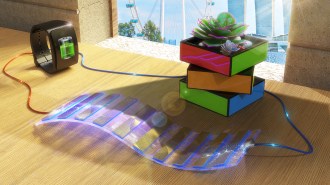 Physics
PhysicsA new device can produce electricity using shadows
Even under low light, this new technology exploits the contrast between light and shade to produce a current that can power small electronics.
-
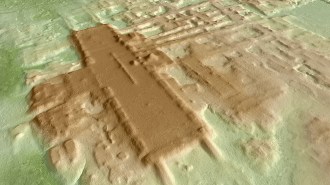 Humans
HumansLidar reveals the oldest and biggest Maya structure yet found
A previously unknown Maya site in Mexico, called Aguada Fénix, adds to evidence that massive public works may have preceded kings in the civilization.
By Bruce Bower -
 Health & Medicine
Health & MedicineWhat parents need to know about kids in the summer of COVID-19
So far, evidence suggests children don’t often get severely ill from COVID-19, but there’s more to learn about their role in its spread.
-
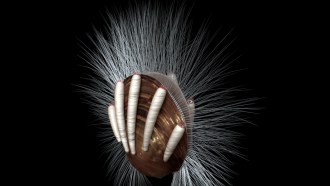 Life
LifeThese tube-shaped creatures may be the earliest known parasites
Fossils from over 500 million years ago might be the first known example of parasitism in the fossil record, though the evidence isn’t conclusive.
-
 Humans
HumansThe Dead Sea Scrolls contain genetic clues to their origins
Animal DNA is providing researchers with hints on how to assemble what amounts to a giant jigsaw puzzle of ancient manuscript fragments.
By Bruce Bower -
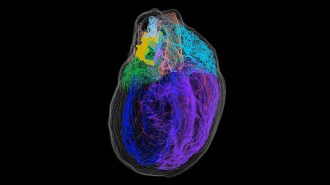 Neuroscience
NeuroscienceA new 3-D map illuminates the ‘little brain’ within the heart
Microscopy and genetic studies yield a comprehensive map of the nerve cells found in the heart of a rat.
-
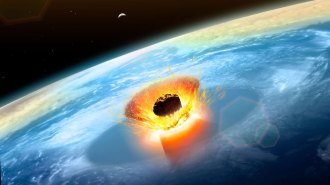 Earth
EarthChicxulub collision put Earth’s crust in hot water for over a million years
An asteroid impact 66 million years ago caused hot fluids to circulate in the crust, creating conditions that may have been ideal for microbial life.
-
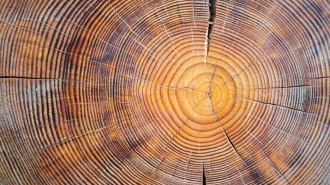 Climate
Climate‘Tree Story’ explores what tree rings can tell us about the past
The book "Tree Story" explains how scientists decipher tree rings to discover clues about past climates and ancient civilizations.
-
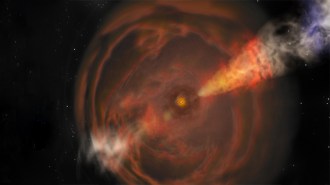 Space
SpaceA weird cosmic flare called the ‘Cow’ now has company
Scientists have now found three similar luminous, short-lived bursts of light, part of a class known as fast blue optical transients.
-

We have learned much, and need to learn much more
Editor in chief Nancy Shute writes about the challenges of covering emerging scientific discoveries in the time of COVID-19.
By Nancy Shute -
